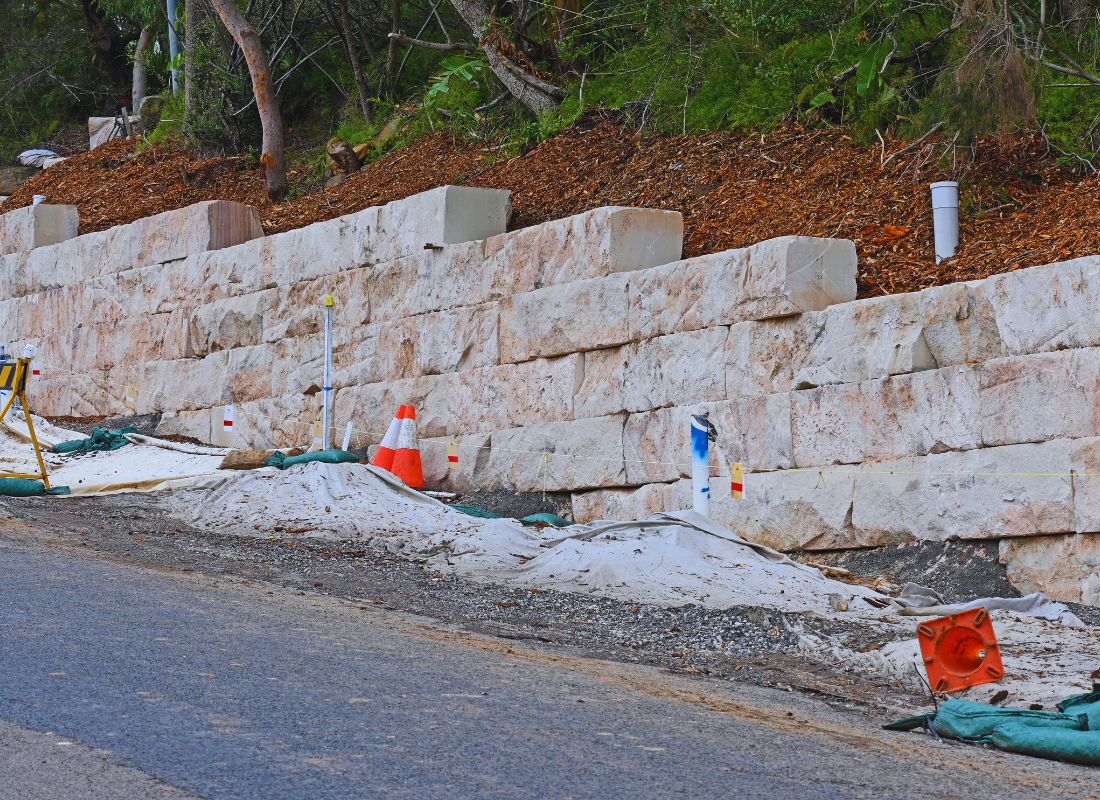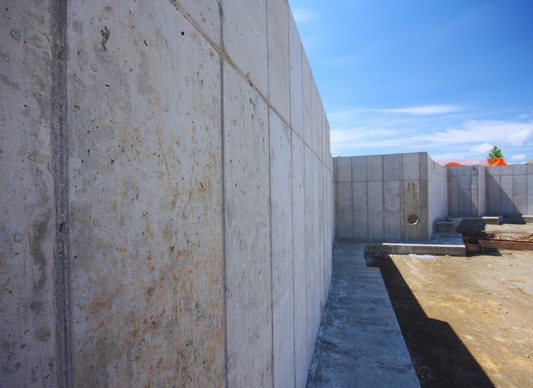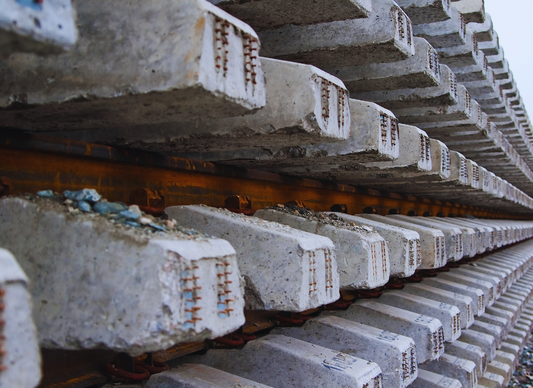Building a retaining wall is not a stroll in the park, yet it starts with a basic question, Exactly how many blocks do you actually require? Building a low garden wall or high boundary wall, the correct retaining wall block size ensures your job proceeds hassle-free, to budget plan, and without lacking material halfway through.
A retaining wall block size calculator makes it easy, but you can also do it manually with some math. What we will do here is discuss what a retaining wall block size calculator does, why you need to use one, and how you can estimate block requirements for your project manually.
Why Block Size Matters
The bigger your retaining wall blocks, the less your wall will resemble and the more robust it'll be. The bigger blocks are typically easier to install for big walls because they've more coverage in a hurry, but the smaller blocks are better for curved walls or intricate patterns.
The correct number of blocks:
-
Means less waste: You won't buy surplus material.
-
Smoother construction: You won't be left high and dry halfway through with not enough to finish.
-
Cost savings: Proper estimating translates to proper budgeting.
That's where a retaining wall block size calculator comes in handy.
How Does a Retaining Wall Block Size Calculator Work
A block size calculator functions by comparing your wall's total face area to the face area of the block you're looking to use. The process in general is as follows:
-
Measure your wall dimensions.
-
Measure your block dimensions.
-
Divide total wall face footage by block face footage.
-
Add a wastage allowance for buried and cut blocks.
It does not sound easy, but if you break it down, it really is not difficult at all.
Step-by-Step Calculation
If you wish to do it yourself and not utilize an online retaining wall block size calculator, then here's how you calculate:
1. Calculate Your Wall's Size
-
Length and Height: Choose the total length and height of your wall in feet.
-
Calculate Face Footage: Length multiplied by height provides the total square footage of the face of the wall.
Example: 3 feet high x 10 feet long = 30 square feet.
2. Determine the Block Dimensions
-
Measure the Block: Take the length and height of the actual retaining wall block you will be using (in inches).
-
Calculate Face Footage of a Block: Multiply the length and height of the block in inches and divide by 144 to obtain in square footage.
Example: 16-inch long and 10-inch high block = 1.11 square feet.
3. Calculate the Number of Blocks Needed
Divide Wall Footage by Block Footage: Divide the wall's total face footage by the face footage of one block to determine the number of blocks.
-
Add Overage: Add at least 10% to account for waste, errors, and cuts (as recommended by Lowe’s).
-
Consider the First Row: The first row of blocks will be partially buried for stability, so factor in a few extra blocks.
Example:
Wall material = 30 sq ft.
Block material = 1.11 sq ft.
30 ÷ 1.11 = ~27 blocks.
Add 10% = ~30 blocks total.
Online Block Calculators
Online calculators are your friend if you don’t want. Home improvement stores (like Lowe's or Home Depot) and landscaping material suppliers all have retaining wall block size calculators on their websites for free.
With an online calculator, all you do is:
-
Enter your wall height and length.
-
Enter your block size.
-
Get an instant estimate of the number of blocks you'll require.
They reduce time and cut down on mistakes, especially on bigger projects.
Tips for Choosing Retaining Wall Blocks
Beyond the math, choosing the right block size boils down to balancing function and form:
-
For small garden walls: Use smaller blocks that are easier to cut and shape.
-
For big retaining walls: Utilize larger, heavier blocks that will be more secure.
-
For curved walls: Select tapered side blocks or smaller sizes for versatility.
Also, think about weight; heavier blocks can be set and installed by two individuals, yet smaller blocks are simpler for DIY.
Typical Errors to Avoid
Homeowners will tend to make the following mistakes in selecting retaining wall block size:
-
Forgetting the buried course: The initial course has to be placed partially under the earth for stability.
-
Not making provision for waste: Always include a minimum of 10% over.
-
Mixing measurements: Keep your wall in feet and blocks in inches, and then convert carefully.
-
Avoid these mistakes, and your project will go much more smoothly.
Conclusion
A retaining wall block size calculator takes the guesswork out of your planning. Measure your wall and block sizes, do a quick calculation, add a little extra for waste, and you'll have an exact number of blocks to purchase.
Whether you are doing it on an online calculator or by hand, this step will keep your retaining wall project on budget and problem-free.
So, prepare before you load, do the math, or let a calculator do the math for you. Your wallet (and back) will appreciate it.




